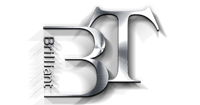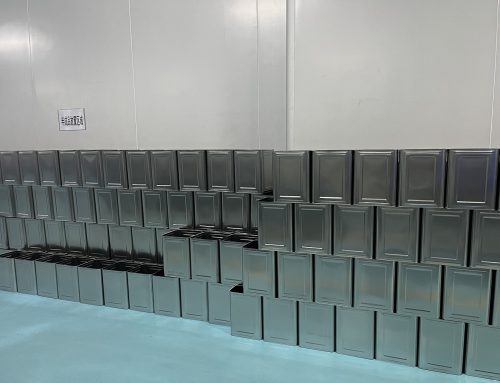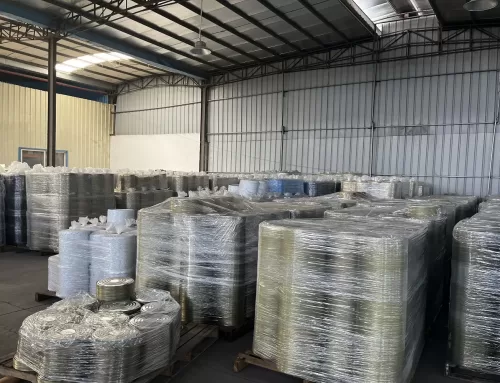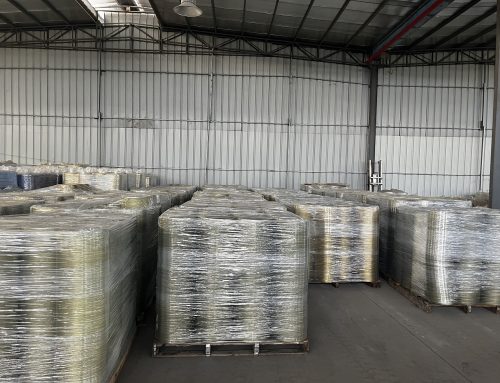Printing Machine Positioning System – Regulations
This includes front and side guides, primarily adjusting the conveyor system to achieve optimal transfer and precise positioning of tinplate.
There are two contact points on the front edge of the iron plate, referred to as front guides or “biting teeth” (see Figure 3-18), and another contact point on the other side of the iron plate known as the side guide edge. The mechanical components actually used for positioning are called “guides” (see Figure 3-19).
Two front biting teeth are placed in the biting tooth shafts of the printing machine and coating machine, along with a fixed side guide, forming a three-point positioning system. The iron plate is secured by the pusher, fixed side guide, and spring side guide (see Figure 3-20 and Figure 3-21) until it is bitten and conveyed through the machine.
Ink Transfer Device
For the transfer of ink, refer to the principles of ink transfer and transfer outlined in section 3.1.2.1.
Printing Device
Comprising plate rollers, rubber rollers, and impression rollers, it accomplishes the transfer of printed text and patterns.
(1) Plate Rollers: Equipped with devices for clamping and automatically adjusting the printing plate, which must have positioning holes. After mounting the plate, adjustments for radial and axial positions must be made based on graphic positions to ensure the plate is in the correct position. If significant adjustments in the radial position of the plate are required, the method of moving the plate roller position, known as “borrowing the roller,” can be used to address plate position accuracy. However, this method is generally avoided due to gear axial displacement affecting gear strength and smooth motion.
(2) Rubber Rollers: Through the operation of engaging and disengaging with plate rollers and impression rollers, it transfers text and graphics from the printing plate to the tinplate.
(3) Impression Rollers: Mainly providing pressure, it serves as the supporting surface in printing, with high surface roughness requirements. The helical gear of the impression roller is the hub for driving the rubber roller, plate roller, and water and ink systems, so its axial position remains fixed.
(4) Printing Pressure: During the printing process, a certain contact pressure is needed to transfer ink from the printing plate to the tinplate. The pressure magnitude is closely related to ink transfer. Excessive pressure can lead to localized heavy ink volume and dot deformation, while insufficient pressure results in low ink transfer rates.
The printing pressure depends on various factors such as plate and roller diameter, padding, ink properties, etc. Adjustment is achieved by adjusting the thickness of the padding under the rubber roller and controlling the center distance of the plate roller.
① Plate/Rubber Roller Pressure: The CRABTREE MARQUESS printing machine is designed for the rubber roller and plate roller shafts to be in close contact, and the spacing between the rubber roller and the impression roller is adjustable to accommodate the thickness of the printing material.
The setting between the rubber roller and the plate should be done by engineers at the printing plant; production line personnel and printers should not make unauthorized changes. For traditional rubber rollers, wrapping the rubber around the shaft to the height of the shaft is correct. In tinplate printing, especially in halftone printing, compressible rubber rollers are more commonly used. It is recommended to leave a gap of 0.05mm under the rubber.
Generally, the pressure between the plate and rubber fabric can be set to provide a contact width of 7-9mm with the ink roller.
② Rubber Roller and Impression Roller Pressure: The traditional spacing between the rubber roller and the impression roller should be 0.12mm thinner than the printed product, i.e., for a tinplate thickness of 0.25mm, the spacing should be 0.13mm. For compressible rubber rollers, the pressure can be slightly greater, i.e., the spacing between the impression roller and the rubber roller should be 0.15mm thinner than the printed product, i.e., for a tinplate thickness of 0.25mm, the spacing should be 0.1mm.
③ Inking Roller and Plate Pressure Setting: The contact width after inking should be 5-7mm on the PS plate.
④ Damping Roller and Plate Pressure Setting: A contact width of 7-9mm.
⑤ Pressure Setting Between Ink Rollers: A contact width of 3-5mm.
⑥ Pressure Setting Between Damping Roller and Water Transfer Roller: Generally adjusted to 3-6mm.
⑦ Pressure Setting Between Water Trough Roller and Water Transfer Roller: Generally adjusted to 3-6mm.
Dampening Device
The water system provides a stable water supply system to the printing plate, with most systems currently using an alcohol dampening system. The main construction is shown in Figure 3-22.
Relevant parameter settings can be found in the raw materials section—plate fountain solution. The main functions of the equipment are as follows: W1 is driven by the plate roller; W2 and W3 are driven by motors with adjustable speeds.
W3, after receiving water from the wetting water tank, rotates in proportion to W2 and evenly conveys water to W2, reducing the water amount.
Inking Roller
W2 closely contacts W1, uniformly distributing dampening solution and gradually reducing it. At this point, the water amount from W2 to W1 can be adjusted on the operation control panel.
W1 and the plate roller rotate in proportion, conveying water while gradually reducing it, and also removing residual water, ink, and foreign objects on the PS plate. W4 uniformly distributes the water conveyed by W1, avoiding the phenomenon of overprinting. When in contact and rotating with F¹, it prevents the phenomenon of F¹ overprinting, removes foreign objects, and ensures even distribution of ink.
Rear Machine Device – Sheet Collection System
The sheet collection system mainly refers to the sheet receiving system. Its main function is to ensure that the sheets are collected neatly without scratches, providing assurance for subsequent packaging.
Power Device – Machine Power System
Refer to the instructions from various equipment suppliers.




